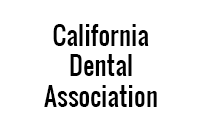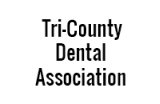Crowns and Bridges
- Member of ADA, CDA & Tri-County Dental Association- Over 25 Years of Dental Expertise- Graduate of UCSF School of Dentistry
All Porcelain Crowns and Onlays
Our office offers a wide range of all porcelain crowns, inlays, onlays and veneers. Because these restorations contain no metal substructure, they are able to transmit the color of adjacent teeth and tooth structure.
This enables them to blend more completely with the surrounding natural teeth. In addition to their chameleon-like quality of disappearing in the mouth, these restorations have become stronger than ever.
How Does a Bridge Work?
We anchor the bridge to the teeth on both sides of the space. This gives the bridge strength and support for the bridge. We choose a metal-free material based on biocompatibility, strength, and esthetics.
Ensure that you care for the bridge as you care for your teeth. Regular flossing is also recommended to increase its longevity.
When Will We Recommend a Crown?
- For deep decay - Decay may weaken the structure of your tooth. A crown is used to strengthen it.
- To replace large or old filling - Sometimes decay is caused around older fillings as it wears out with time. Another filling isn't the solution to this, but a crown is.
- To repair a broken, brittle, or cracked tooth - A filling cannot increase the strength of a broken, brittle, or cracked tooth but a crown can.
- For sensitive teeth - Extreme sensitivity in your teeth and gums is very painful. Crown can help seal and protect your teeth.
- After root canal therapy - A crown is needed to protect the tooth as it can become brittle without any natural roots.






Share On: